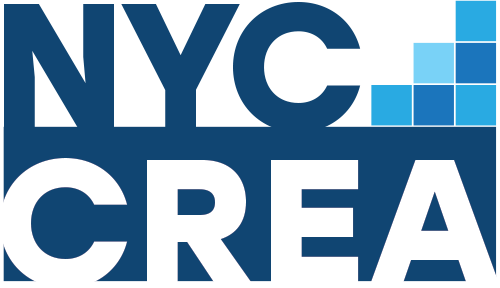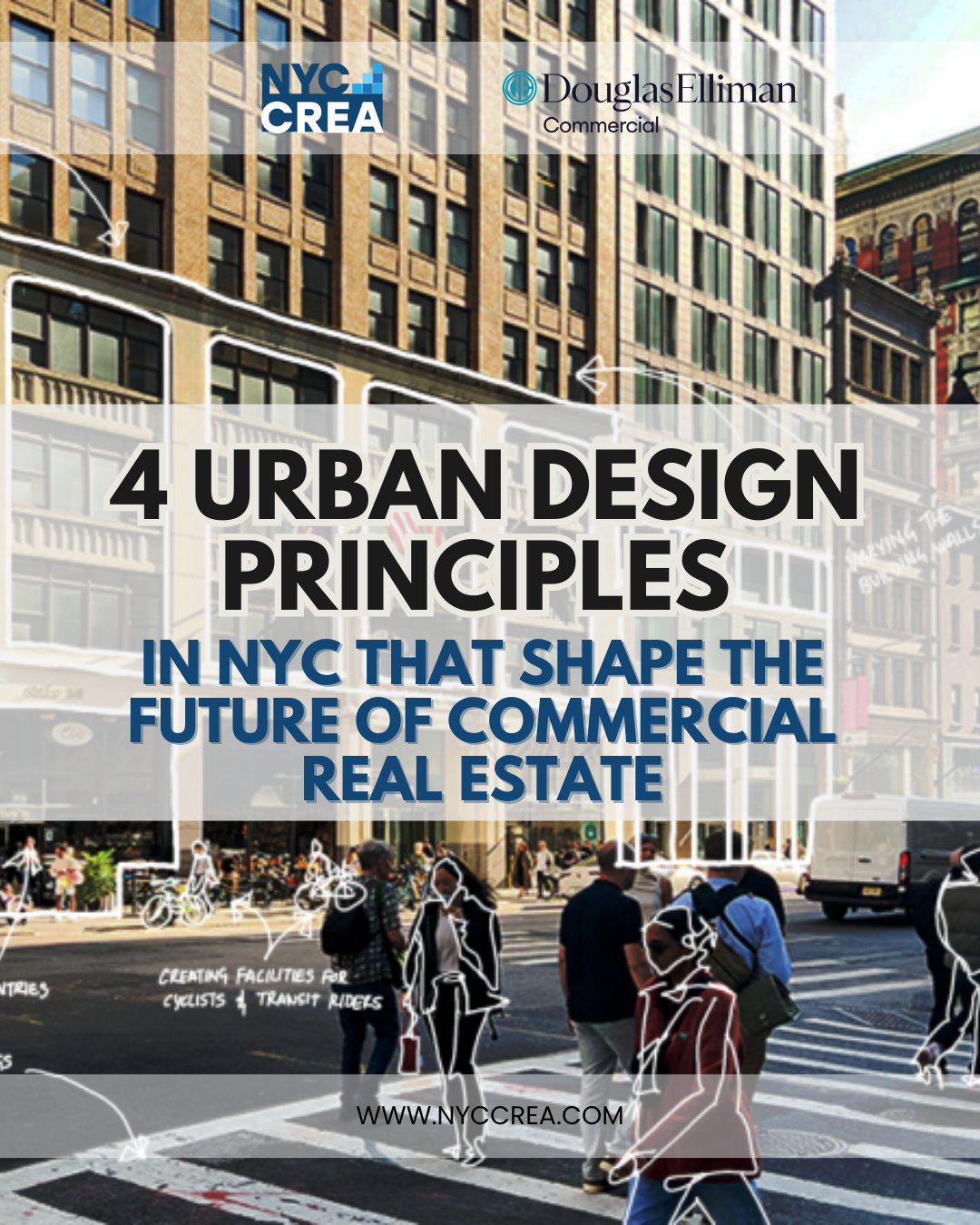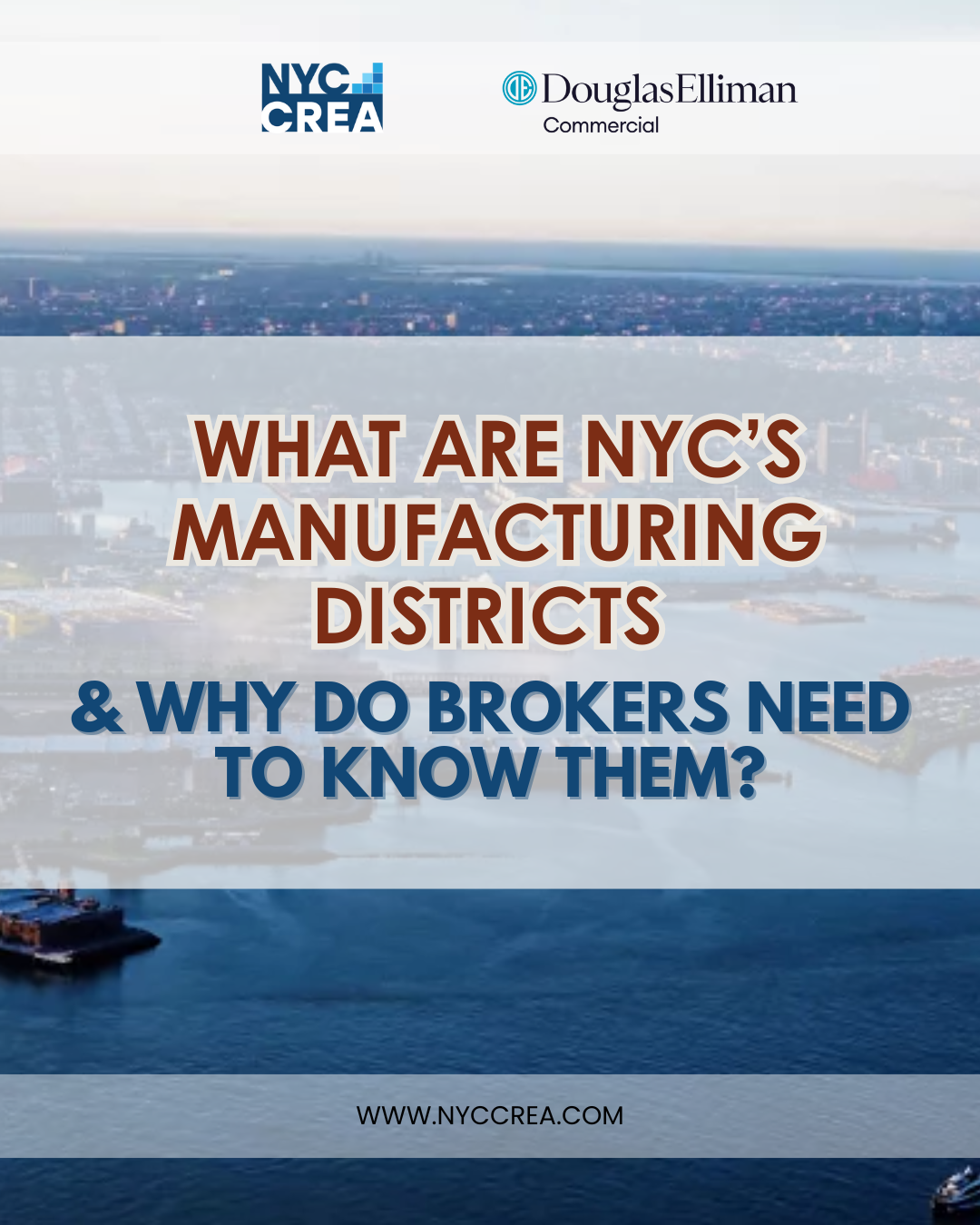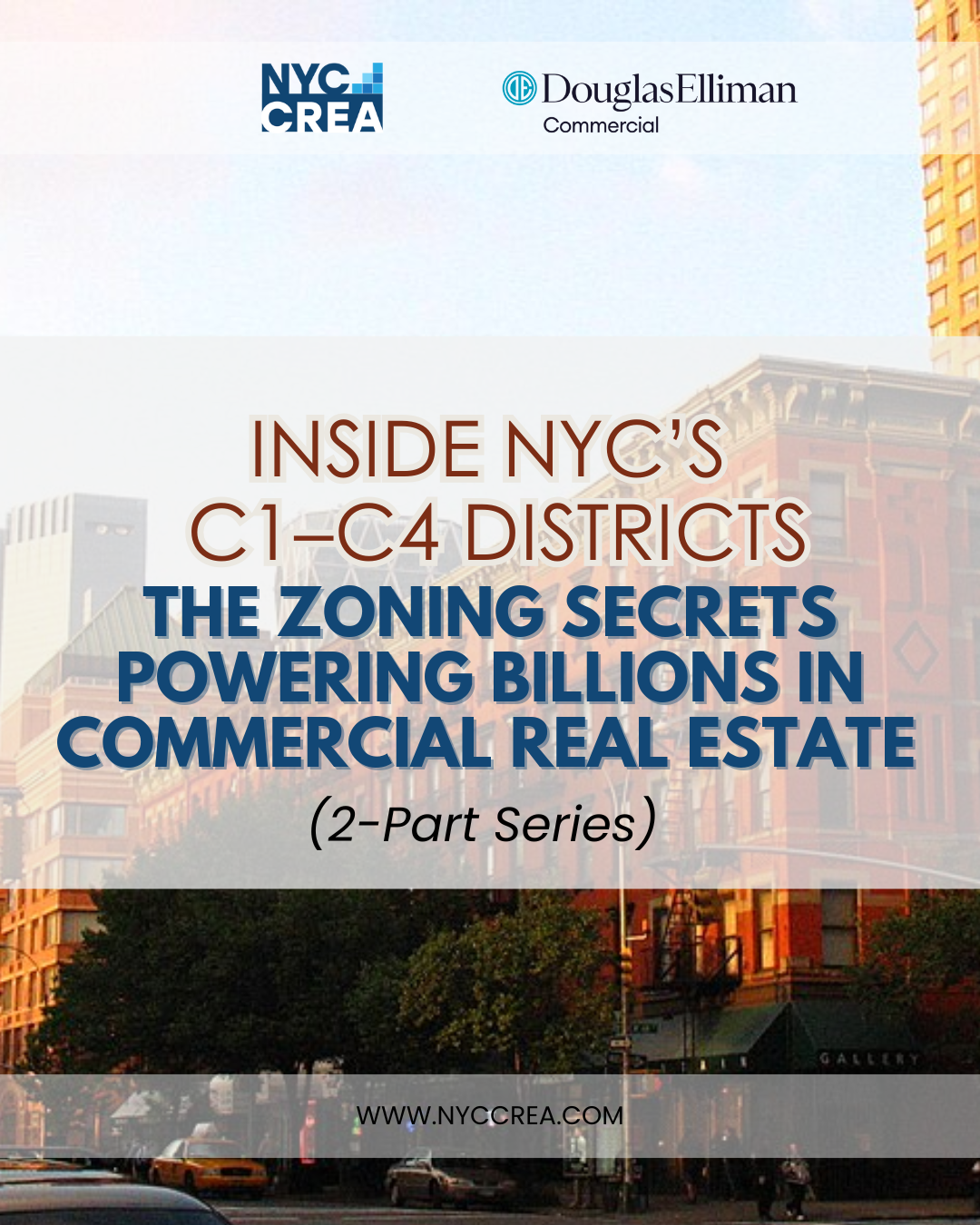Updated as of February 5, 2025
- A 2024 report by the New York Housing Conference (NYHC) found that the former 421a program produced more than 117,000 units from 2010 to 2020.
- The Real Estate Board of New York (REBNY) estimates that without a 421a replacement, the city could lose 20,000 units of affordable housing annually.
- The new proposal, the 485x program, mandates wages that range from $45.24 to $59.24 per hour, depending on the project’s location.
New York City grapples with a crucial question for its housing market: What will replace the 421a tax abatement program? Enacted in 1971, 421a incentivizes developers to create affordable units by offering tax breaks. The program’s expiration in 2022 ignited debate amongst policymakers, with city officials pursuing its reinstatement. However, some lawmakers have voiced concerns regarding the program’s efficacy, arguing that the benefits primarily accrue to developers.
In an effort to incentivize the creation of affordable housing, the city has introduced the 485x tax break program. This program offers significant tax breaks to developers who agree to incorporate specific wage and affordability requirements into their projects. While the potential benefits are substantial, navigating the program’s intricacies presents challenges that developers must carefully consider.
More Stable Housing Program
The 485-x program incentivizes developers to build new residential housing, including affordable units or small rental buildings with rent-stabilized apartments, by offering them property tax exemptions. According to the NYC Housing Preservation & Development, this program aims to stimulate residential construction in New York City, where a historically low vacancy rate and housing shortage currently exist.
Based on a Manhattan Institute report, while the 485-x tax exemption program may not stimulate housing construction as effectively as the previous 421-a program, it offers a significant improvement over the current system, which overtaxes new rental apartment buildings in NYC without any offsetting tax breaks. The 485-x program aligns with the city’s “City of Yes for Housing Opportunity” zoning proposals and provides a more stable, 10-year benefit compared to the short-lived 421-a program.
Better Wages, More Units
A key aspect of the 485x program is the wage requirement. Developers who participate in the program must pay their construction workers prevailing wages, which are typically higher than the area’s median wage. According to the Bureau of Labor Statistics (BLS), the median hourly wage for construction laborers in New York City is $33.22. The 485x program guarantees construction workers a minimum wage of $40 per hour on large projects with 100 or more units. For even larger projects (150+ units) in specific areas of Manhattan, Queens, and Brooklyn, workers will earn between 60-65% of the area’s highest prevailing wage for their job classification, with a cap of $72.45 per hour, and this amount will increase by 2.5% annually.
The 485x program also mandates the inclusion of affordable housing units within developments. The required percentage of affordable units varies based on the size and location of the project. According to an article by The City, a non-profit news organization, a minimum of 20% to 30% of units in most developments must be designated as affordable. This directly contributes to the city’s broader goals of increasing housing accessibility.
Promising Future for Housing
While the 485x program presents both opportunities and challenges, its potential impact on the city’s housing landscape is undeniable. Studies by the Pratt Center for Community Development indicate that similar programs in the past, while not without limitations, have demonstrably increased the number of affordable housing units constructed. The 485x program has the potential to follow suit, offering a much-needed path towards a more inclusive and accessible housing market in New York City.
It is crucial to acknowledge that the 485x program is in its early stages, and its long-term effectiveness remains to be seen. Continuous monitoring and adjustments will be necessary to ensure the program achieves its intended goals without creating undue burdens for developers or jeopardizing project feasibility. As the program evolves, developers will undoubtedly adapt their strategies to navigate its requirements, potentially shaping the future trajectory of New York City’s real estate landscape.
References:
NYC Housing Preservation & Development, “NYC Takes Major Step Towards Creating More Affordable Housing Under New Tax Incentives Programs”
Manhattan Institute, “Hochul’s Housing Deal Will Help New York’s Affordable Housing Crisis, but Not Solve it”
New York Housing Conference, “2024 NYC Housing Tracker Report”







